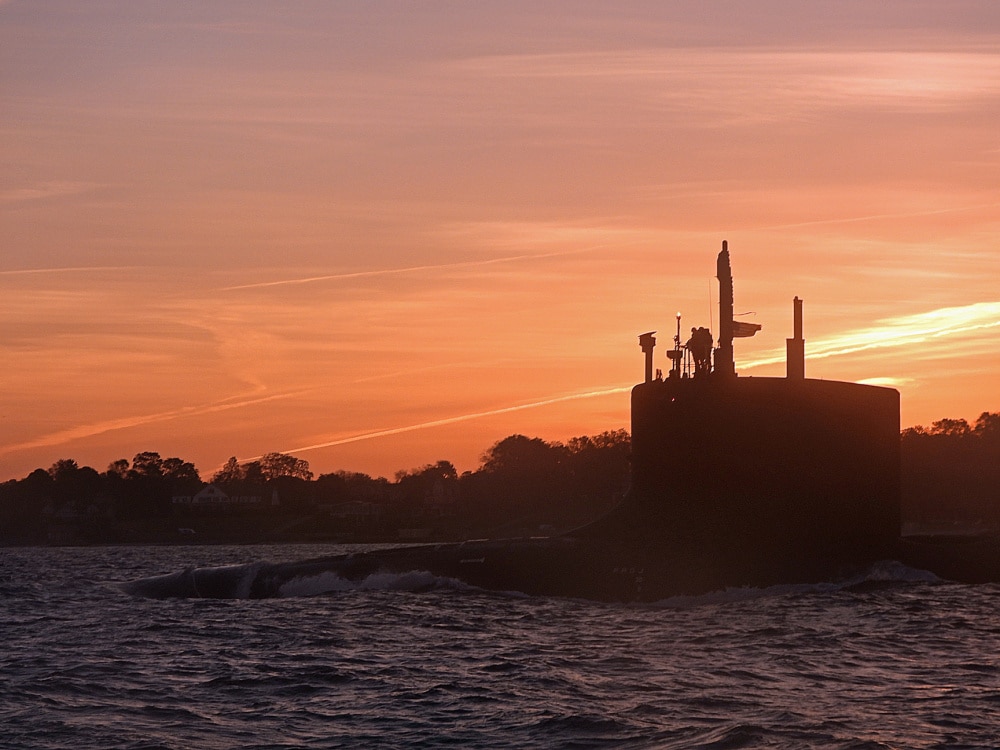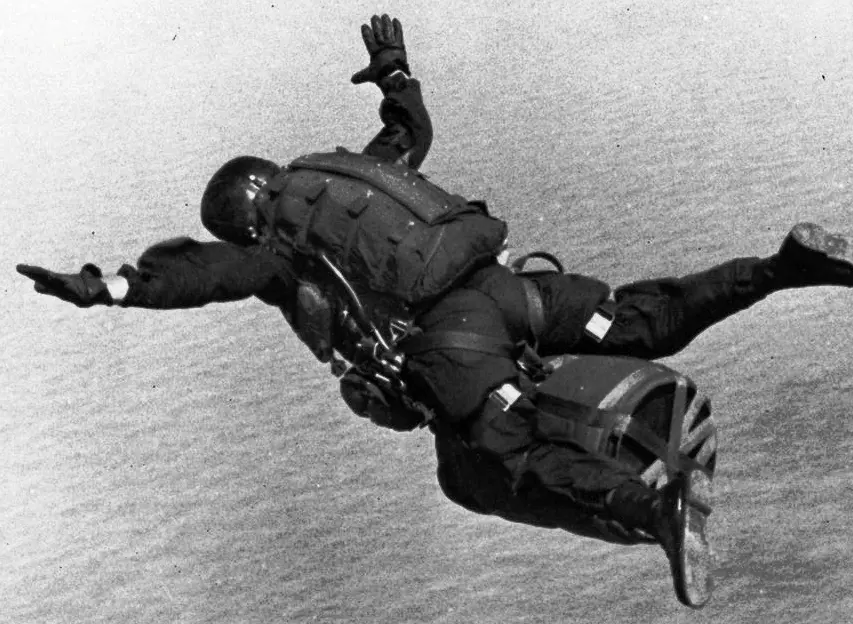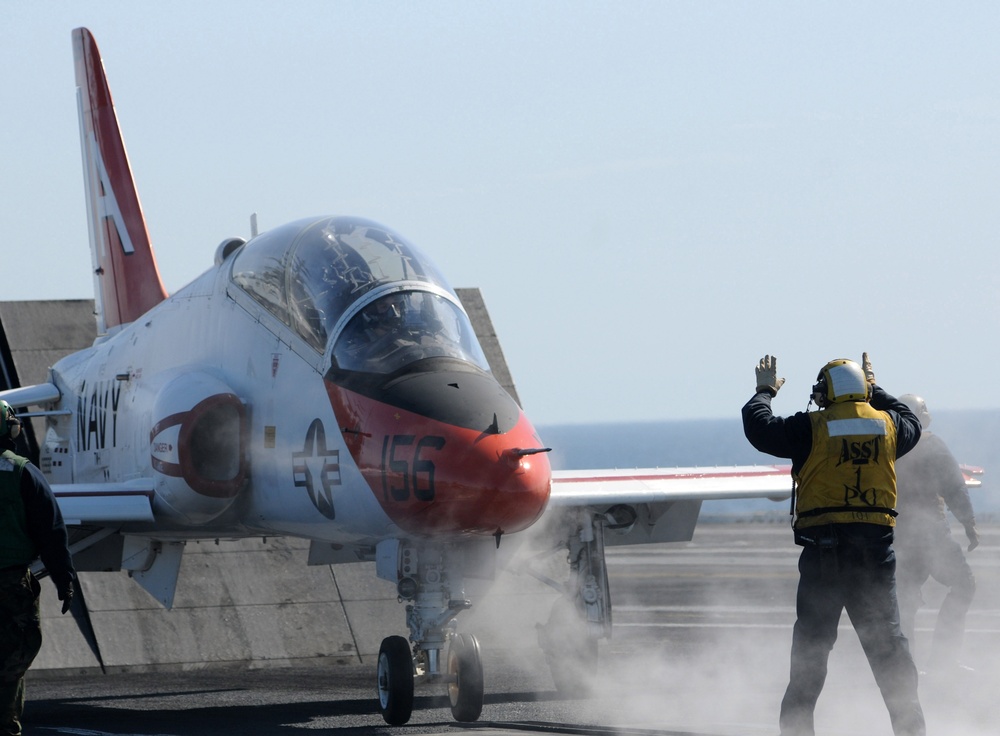USS Vermont, the Navy’s newest fast-attack submarine
- By Stavros Atlamazoglou
Share This Article

A few weeks ago, the USS Vermont, the newest submarine in the US Navy, sailed to Brazil for some good old military diplomacy.
The USS Vermont is assigned to the 4th Fleet, which is the naval component of the US Southern Command and has Central and South America as its area of responsibility.
The USS Vermont is the latest Virginia-class fast-attack submarine, having been commissioned last April. The Navy is planning to build a total of 66 subs of the type, with 11 already being under construction in various shipyards across the US.
USS Vermont’s ship sponsor during her commissioning was Gloria Valdez, a former Deputy Assistant Secretary of the Navy for Research, Development. and Acquisitions.
The 19th Virginia-class, fast-attack submarine, the USS Vermont is the third Navy vessel to be named after the state of Vermont. Each Virginia-class sub costs approximately $3.5 billion.
During USS Vermont’s visit to Brazil, the American sub had the opportunity to sail into the Brazilian Navy’s newest submarine base in Rio de Janeiro.
“It is an honor to visit Brazil’s newest submarine base and see first-hand the Brazilian Navy’s success in the Brazilian Navy Submarine Development Program (PROSUB) through the build of BNS Riachuelo, BNS Humaitá, and BNS Tonelero,” said Vice Admiral Daryl Caudle, the Commander of U.S. Submarine Forces, in a press release.
“The PROSUB program plays an important part in strengthening our bilateral ties and the overall regional security foundation. We will continue to work closely together toward achieving our shared objectives to improve our combined undersea effectiveness.”

While in Brazil, the USS Vermont conducted joint anti-submarine warfare with the Brazilian Navy.
“This visit reiterates our strong military-to-military relationship, and our common commitment to a partnership that helps strengthen the security of each of our nations, as well as the broader hemisphere. I was pleased to see first-hand, along with President Bolsonaro, the world-class technology and capabilities of this vessel, and to reiterate at the highest level of government our commitment to partnership with Brazil, said U.S. Ambassador to Brazil Todd Chapman.

The US Navy operates three major types of submarines: fast-attack submarines, ballistic-missile submarines, and guided-missile submarines, totaling 68 vessels of all types.
Fast-attack submarines primarily fulfill the role that one would traditionally expect from submarines: sinking enemy ships. There are three classes of fast-attack submarines in the US Navy today: Los Angeles, Seawolf, and Virginia. Fast-attack subs make up most of the Silent Service’s arsenal with 50 vessels.
Ballistic missile submarines are the maritime aspect of the US’s nuclear deterrence. The 14 Ohio-class subs (Trident II configuration) currently in service can each carry 24 ballistic missiles with nuclear warheads.
Guided-missile submarines don’t carry nuclear weapons but can still mess up someone’s day with the 154 Tomahawk guided missiles that each can pack. In addition, the four Ohio-class (Trident I configuration) subs currently in service double down in special operations, having the ability to support SEAL operations.
It’s important to note that regardless of type, all US submarines are powered by nuclear energy, thus dramatically increasing their operational time, with food being the only limiting factor to how long they can stay underway.
Related Posts
Sandboxx News Merch
-

‘AirPower’ Classic Hoodie
$46.00 – $48.00 Select options This product has multiple variants. The options may be chosen on the product page -

‘Kinetic Diplomacy’ Bumper Sticker (Black)
$8.00 Add to cart -

‘Sandboxx News’ Trucker Cap
$27.00 Select options This product has multiple variants. The options may be chosen on the product page
Stavros Atlamazoglou
Greek Army veteran (National service with 575th Marines Battalion and Army HQ). Johns Hopkins University. You will usually find him on the top of a mountain admiring the view and wondering how he got there.
Related to: Breaking News

The unassuming Beretta Model 71 was the pistol of choice for some of Israel’s best units

How the military has influenced fashion through the decades

How Green Berets jumped from planes with a man-portable atomic bomb during the Cold War

The Navy’s plan for its next trainer jet shows how carrier aviation has changed
Sandboxx News
-

‘Sandboxx News’ Trucker Cap
$27.00 Select options This product has multiple variants. The options may be chosen on the product page -

‘AirPower’ Classic Hoodie
$46.00 – $48.00 Select options This product has multiple variants. The options may be chosen on the product page -

‘AirPower’ Golf Rope Hat
$31.00 Select options This product has multiple variants. The options may be chosen on the product page -

‘Sandboxx News’ Dad Hat
$27.00 Select options This product has multiple variants. The options may be chosen on the product page
